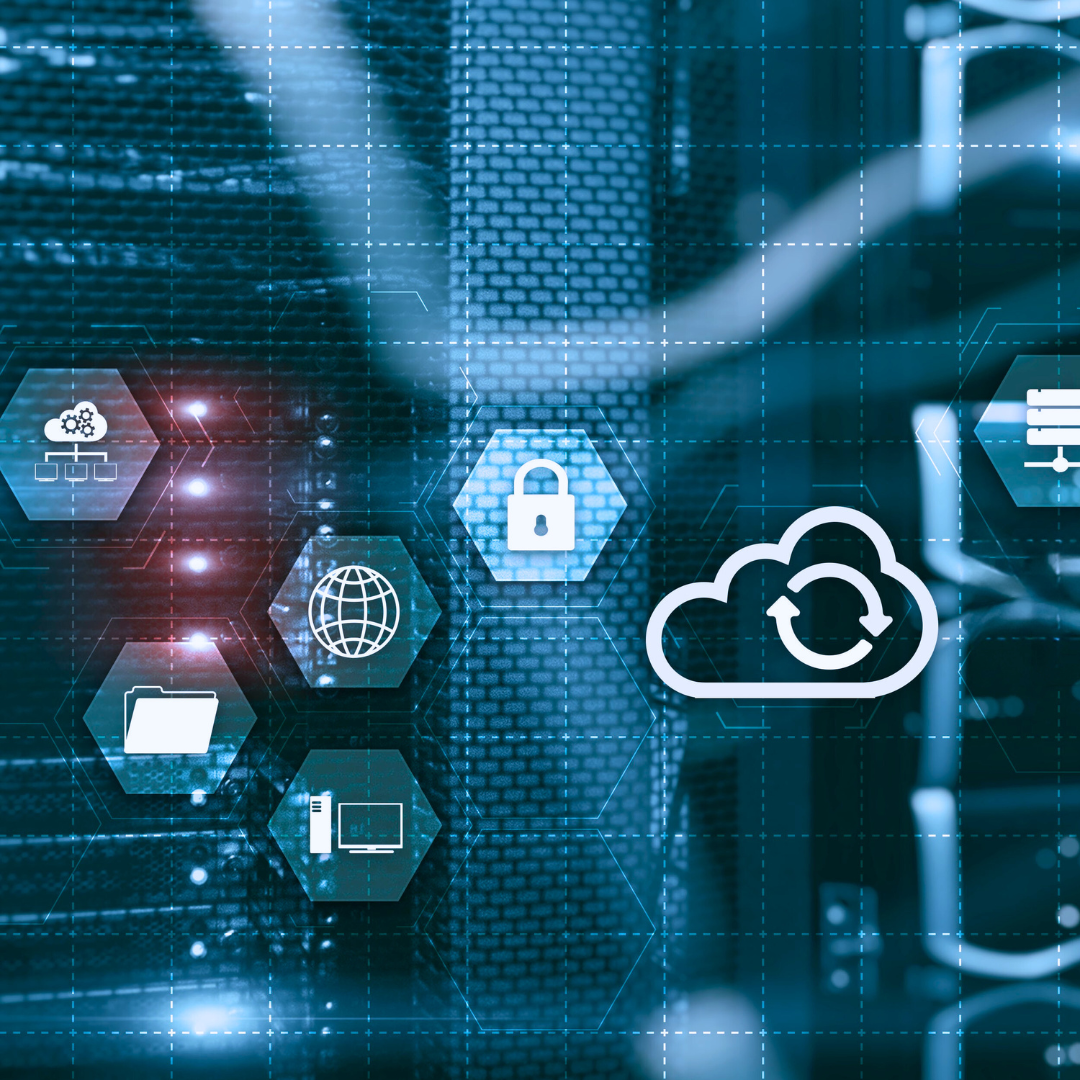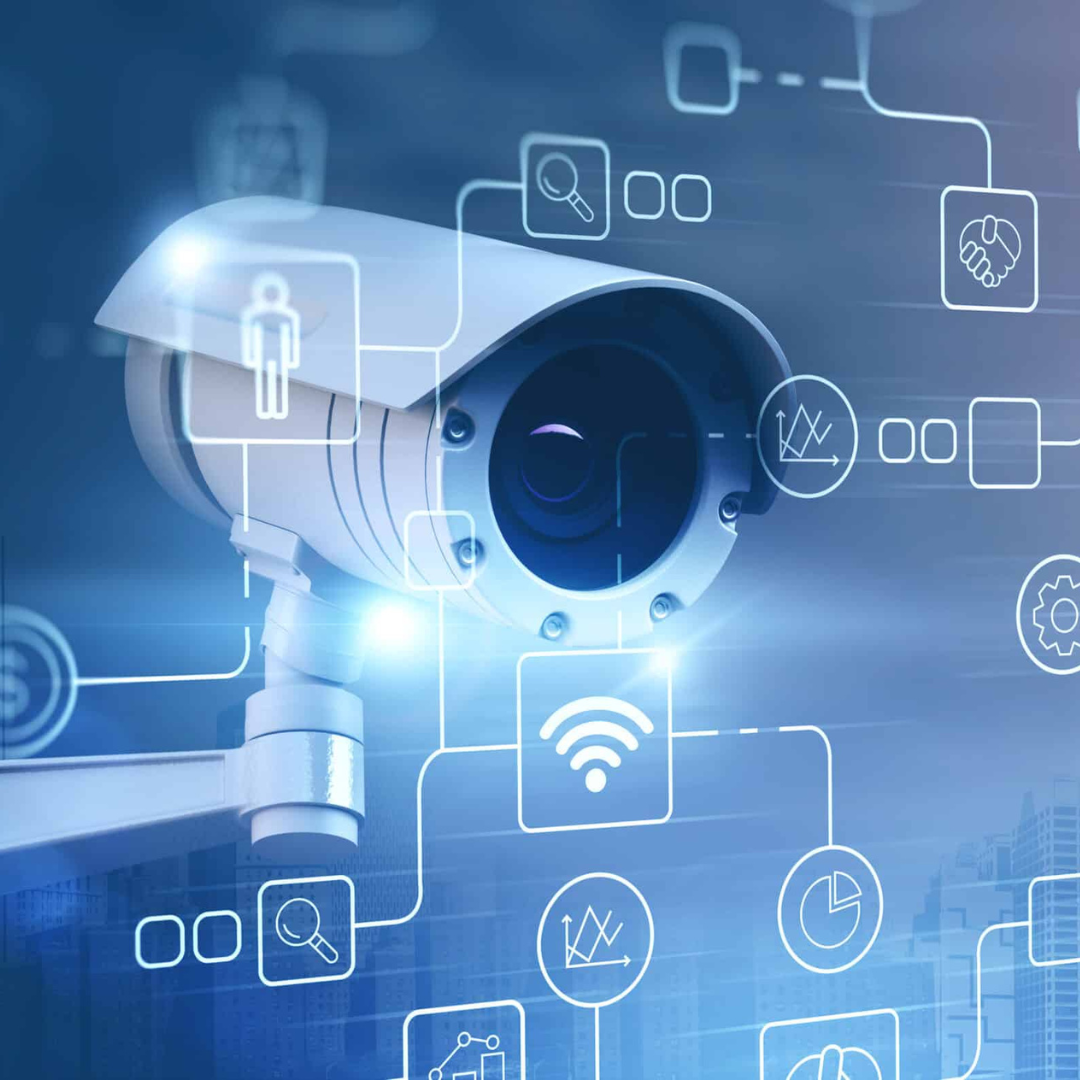Business Continuity vs. Disaster Recovery: What’s the Difference?
2025-05-01 17:59:35

In the chaos of a network outage, a cyberattack, or a power failure, few things matter more than keeping your business running and getting back on your feet.
For South African businesses juggling unreliable infrastructure, rolling blackouts, and escalating cyber threats, implementing certain strategies is essential for survival. That’s where business continuity and disaster recovery come in. These are two strategies that work hand-in-hand to keep operations stable and customers satisfied, even when everything else is falling apart.
But, they can’t be confused as the same thing. Mixing up the two can leave gaps in your protection, and in South Africa’s volatile business landscape, gaps cost money, time, and trust.
Understanding the Basics
What is Business Continuity?
Business continuity is the invisible net that catches a company when the unexpected strikes. Whether it’s load shedding, system failures, or internet disruptions, a solid business continuity strategy is what lets operations continue ticking over when the odds are stacked against you.
At its core, business continuity solutions are about designing workflows, backups, alternative power, and communication strategies so that no single point of failure takes the whole ship down. It covers your business infrastructure, your supply chains, your people, and the tech they rely on. When properly implemented, these measures allow business IT solutions to support your day-to-day activity even during outages, unrest, or cyber risks.
What is Disaster Recovery?
When things break, burn, or get breached, disaster recovery is the set of tools and processes that help you get it all back. It’s reactive. It’s urgent. And when executed correctly, it can mean the difference between hours of downtime and days of chaos.
This isn’t just about backups, but rather restoring entire IT systems, applications, and data repositories with precision. Good disaster recovery solutions also involve mapping out worst-case scenarios and building strategies to address them. If your servers crash or data is compromised, IT disaster recovery will guide you on what gets recovered first and how quickly. That’s where expert IT service solutions become indispensable.
Core Differences Between Business Continuity and Disaster Recovery
Strategy vs. Tactic
Think of business continuity as the plan for staying open; disaster recovery is the plan for bouncing back. One is long-term, proactive, and comprehensive. The other is technical, focused, and triggered by crisis.
Scope of Coverage
Information technology solutions companies often bundle both services, but the coverage is different. Business continuity touches every part of the organisation, from your emails to your generator. Managed IT services, on the other hand, may focus strictly on restoring your servers, applications, or firewall settings.
Timing and Objectives
Prevention or repair? That’s the key difference. Continuity plans are designed to avoid disruption before it happens. Disaster recovery kicks in after the damage is done, with the objective of restoring systems within your acceptable time and data loss thresholds.
Key Components of a Business Continuity Plan
Business Backup Power Solutions
For South African businesses, a good continuity plan starts with power. That means integrating layers of resilience, from UPS power supply units to generators to full-scale solar solutions. These aren’t just add-ons. They’re essential parts of a backup power strategy designed to limit downtime and protect assets.
When you combine these into a coherent business backup power solution, your staff keeps working, your systems stay online, and you maintain your commitments to clients without compromise.
Communication and Remote Work Continuity
A fragmented team can’t respond to a crisis. That’s why tools that support collaboration and access anywhere, anytime, are now non-negotiable. By investing in office automation solutions, cloud software, and cloud-based office automation platforms, businesses create agile, mobile workforces that can shift gears when things go south.
But all of that hinges on reliable internet access. Internet solutions and business fibre services deliver the speed and stability needed to keep operations flowing. Couple that with smart connectivity solutions, and you’ve got a communication setup built for resilience.
SD-WAN and Network Resilience
A properly configured SD WAN setup ensures that your network can reroute traffic through alternative paths if one link fails. It means better uptime, lower latency, and less reliance on a single ISP or connection point.
SD-WAN solutions add flexibility and make the most of your existing bandwidth. Paired with managed IT services, they enable seamless access to cloud apps and secure remote networks, keeping your staff online and protected, even under pressure.
Key Components of a Disaster Recovery Plan
Cloud Backup and Data Storage
The unfortunate reality is that hardware fails. Files get deleted. Hackers get in. That’s why your first line of defence should be a layered approach to data safety. Cloud backup isn’t a convenience anymore. It’s a necessity.
Add in secure data storage and replication protocols, and you’re prepared to recover quickly and with minimal damage. These services are often delivered as part of managed cloud services, giving you access to scalable, encrypted protection without needing your own in-house infrastructure.
IT Infrastructure and Recovery Services
Recovery is only as good as your support team. Businesses often rely on IT infrastructure services companies to step in when things go wrong. They’ve got the expertise, tools, and capacity to get servers back online, patch vulnerabilities, and restore data without skipping a beat.
Whether you’re running cloud-native apps or legacy systems, your chosen partner should provide tailored IT solutions and full-spectrum business technology services because templated responses won’t cut it in a real-world disaster.
DR Testing and Recovery Objectives
How fast can you recover? How much data are you willing to lose? These questions are answered by defining your RTO and RPO. Regular drills and updates are critical here. Disaster recovery that isn’t tested is disaster waiting to happen.
Why You Need Both Business Continuity and Disaster Recovery
Risk Mitigation Across Business Functions
Both strategies need to be in place. Business continuity vs disaster recovery isn’t a choice, it’s a partnership. Your continuity plan keeps people productive. Your business continuity solutions ensure operations continue under pressure. And your IT disaster recovery strategy swoops in to recover what’s lost when things get tough.
It’s this combination that allows a business to remain confident in the face of growing threats.
Compliance, Cyber Threats, and Load Shedding
South African businesses are fighting on multiple fronts: compliance regulations, cyberattacks, and a grid that can’t be trusted. Your ability to respond must be watertight. You need a setup that protects your business infrastructure while also adapting to new risks.
A reliable information technology solutions company doesn’t just provide tech, they offer peace of mind through layered, proactive defence.
How Daisy Provides Both Business Continuity and Disaster Recovery
Daisy Business Solutions brings everything under one roof. From high-performance managed IT services, cloud services, connectivity solutions to robust backup power systems to intelligent disaster planning, our team delivers integrated packages tailored to South African conditions. That means end-to-end support—prevention, mitigation, and recovery—all wrapped into one responsive, expert-driven solution.
With Daisy, businesses don’t just survive disruption. They bounce back stronger.
Conclusion
To conclude the difference, one keeps you going; the other gets you back up. Business continuity and disaster recovery are distinct but inseparable. For South African companies, especially those feeling the daily weight of instability, the need to understand and implement both is mission-critical.
The smart move? Work with a trusted partner who gets it. One that delivers tailored strategies for your size, your industry, and your risk profile.
Don’t wait until you’re in the dark, literally or digitally. Invest in comprehensive business solutions now. Secure your future with a team that understands how to protect it.
Partner with Daisy Business Solutions today.
FAQs
1. What is the main difference between business continuity and disaster recovery?
The main difference between business continuity and disaster recovery is that business continuity focuses on keeping operations running during disruptions, while disaster recovery focuses on restoring IT systems and data after a failure.
2. Why is business continuity important for South African companies?
Unreliable infrastructure, regular load shedding, and rising cyber threats make business continuity solutions essential for South African businesses to minimise downtime and maintain productivity.
3. How does disaster recovery work in IT?
IT disaster recovery involves backing up data, restoring systems, and following predefined protocols to resume operations after a cyberattack, data loss, or hardware failure.
4. What services are included in managed IT services for business continuity?
Managed IT services for business continuity may include data backup, SD-WAN solutions, cloud hosting, remote access tools, and network monitoring to ensure continuous uptime.
5. Can solar solutions and UPS power supply be part of a continuity plan?
Yes, combining solar solutions with a UPS power supply creates a reliable backup power system that supports business continuity during load shedding or power outages in South Africa.


